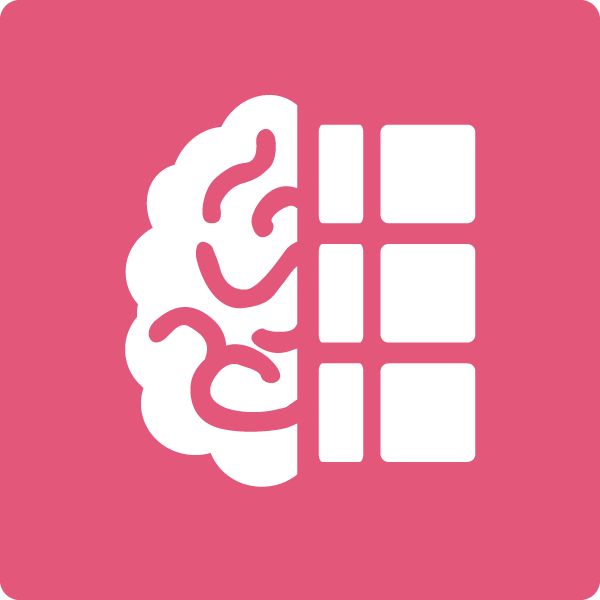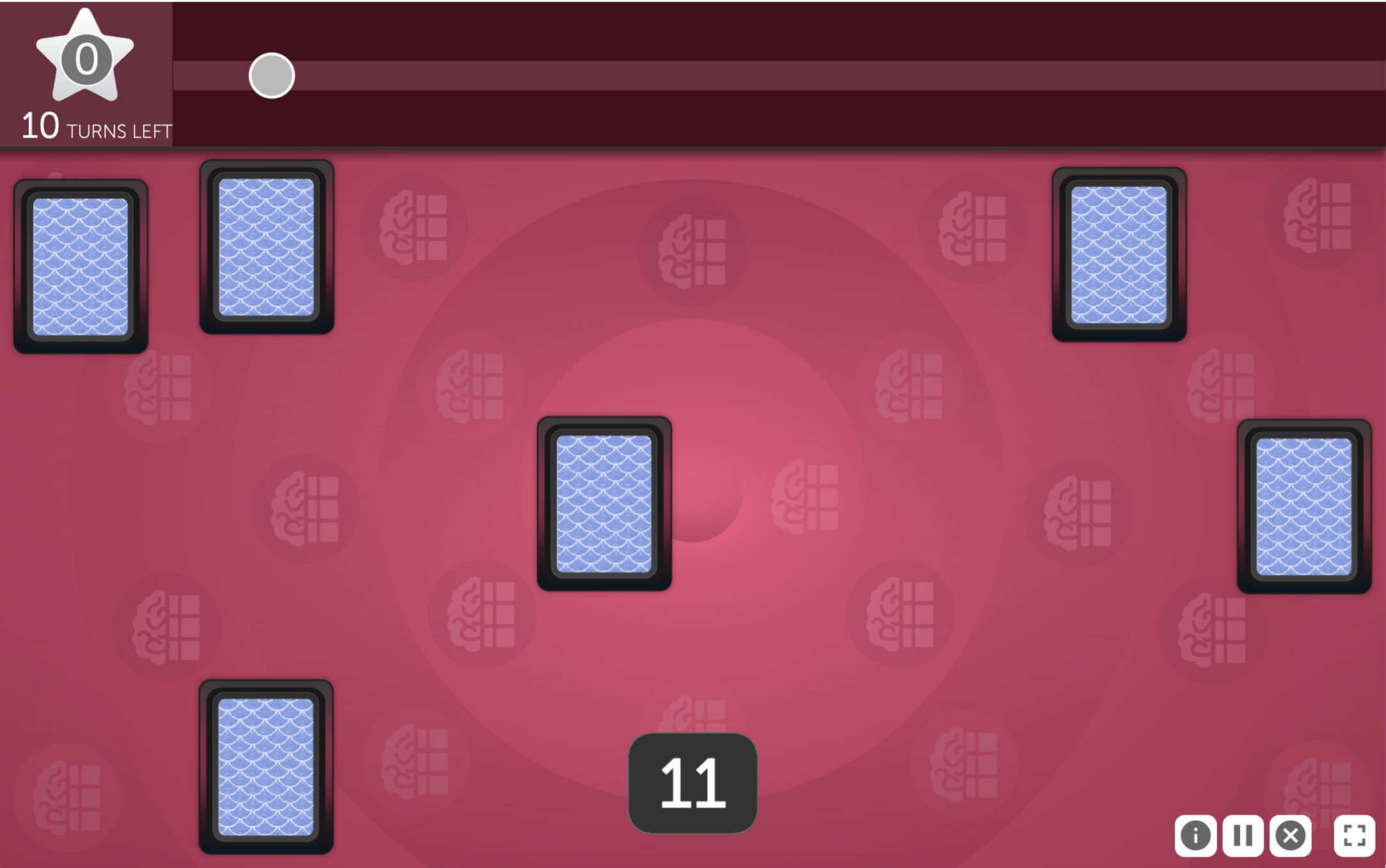 In Memory Grid, your job is to match cards representing syllables together. But why, you might wonder, did our scientists pick those particular syllables to match? And why do they sound a little unusual?
In Memory Grid, your job is to match cards representing syllables together. But why, you might wonder, did our scientists pick those particular syllables to match? And why do they sound a little unusual?
It’s because Memory Grid doesn’t just challenge your brain to match more and more syllables. It is also designed to target memory by sharpening auditory processing.
Auditory processing is one of the most important building blocks of memory. Only when you take in information with crystal clarity can your brain store it accurately and recall it clearly later.
But some of us have trouble taking in what we hear with this clarity, though we often don’t even know it. Our brains can have trouble separating individual auditory events, with the result that the events interfere with one another. Use the word “bed” as an example. If the brain can’t separate the individual sounds /b/, /e/, and /d/, those sounds overlap, muddying how the brain stores the word.
Memory Grid exercises auditory processing by helping your brain improve its ability to separate individual auditory events. As the brain improves at this skill, it will become better at perceiving and transmitting sound precisely—and at interpreting and recording it accurately. Again, use the word “bed” as an example. When the brain’s neurons transmit the sounds /b/, /e/, and /d/ to the auditory cortex precisely, the neurons there can assemble and represent the word “bed” accurately. From there, the word can move to the rest of the sensory cortex and eventually the associative cortex, where meaning is assigned to the word based on prior experience—the brain remembers what a “bed” is, and associates it with many different experiences. The more accurately and precisely the sounds for the word “bed” are received and transmitted in the first place, the better the brain will be able to record it and relate it to other experiences. When the brain makes an attempt to recall the information about that bed later, a crystalline representation will make accessing the information easier. In other words, the brain will be better able to remember the bed.
To separate auditory events, these memory exercises use syllables that represent common sound combinations in English. They are natural speech that our scientists have carefully processed to engage the relevant processing machinery in the brain. Here’s how:
- Parts of speech that are more difficult for the brain to catch—especially brief events that change quickly, such as consonant sounds in words—are exaggerated and separated.
- The long, strong sounds (primarily vowels) are weakened to prevent them from “masking” (or muddying) the brief consonants.
The goal is to exercise your brain’s ability to separate auditory events in speech.
A few added notes about the processed speech in these exercises:
- The speech is processed natural speech instead of synthetic speech in part because there is a benefit to novelty and difference.
- Providing different examples of speech (male vs. female voices, different accents, different timing, etc.) is intended to give the brain practice with generalizing speech, so that the brain can identify a word regardless of who says it.
- A common misconception is that the processed speech is trying to make speech more intelligible. It is not. People may even find the processed speech more difficult to understand than normal speech. The goal of the processed speech is to target the cochlea and auditory cortex and renormalize the neurons there, reteaching them to separate auditory events.

